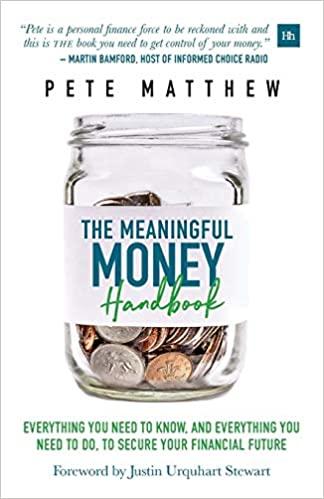Question
1. The real risk-free rate is 2.0% and inflation is expected to be 3.75% for the next 2 years. A 2-year Treasury security yields 6.25%.
1. The real risk-free rate is 2.0% and inflation is expected to be 3.75% for the next 2 years. A 2-year Treasury security yields 6.25%. What is the maturity risk premium for the 2-year security? Round your answer to one decimal place.
%
2. The real risk-free rate is 3.15%. Inflation is expected to be 4.15% this year, 4.35% next year, and 2.6% thereafter. The maturity risk premium is estimated to be 0.05 (t - 1)%, where t = number of years to maturity. What is the yield on a 7-year Treasury note? Do not round intermediate calculations. Round your answer to two decimal places.
%
3. A company's 5-year bonds are yielding 8% per year. Treasury bonds with the same maturity are yielding 4.6% per year, and the real risk-free rate (r*) is 3.05%. The average inflation premium is 1.15%, and the maturity risk premium is estimated to be 0.1 (t - 1)%, where t = number of years to maturity. If the liquidity premium is 0.7%, what is the default risk premium on the corporate bonds? Round your answer to two decimal places.
%
4. Assume that the real risk-free rate is 2% and that the maturity risk premium is zero. If a 1-year Treasury bond yield is 4% and a 2-year Treasury bond yields 8%, what is the 1-year interest rate that is expected for Year 2? Calculate this yield using a geometric average. Do not round intermediate calculations. Round your answer to two decimal places.
%
What inflation rate is expected during Year 2? Do not round intermediate calculations. Round your answer to two decimal places.
%
Comment on why the average interest rate during the 2-year period differs from the 1-year interest rate expected for Year 2.
- The difference is due to the fact that there is no liquidity risk premium.
- The difference is due to the inflation rate reflected in the two interest rates. The inflation rate reflected in the interest rate on any security is the average rate of inflation expected over the security's life.
- The difference is due to the real risk-free rate reflected in the two interest rates. The real risk-free rate reflected in the interest rate on any security is the average real risk-free rate expected over the security's life.
- The difference is due to the fact that the maturity risk premium is zero.
- The difference is due to the fact that we are dealing with very short-term bonds. For longer term bonds, you would not expect an interest rate differential.
Step by Step Solution
There are 3 Steps involved in it
Step: 1

Get Instant Access to Expert-Tailored Solutions
See step-by-step solutions with expert insights and AI powered tools for academic success
Step: 2

Step: 3

Ace Your Homework with AI
Get the answers you need in no time with our AI-driven, step-by-step assistance
Get Started


